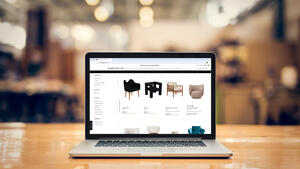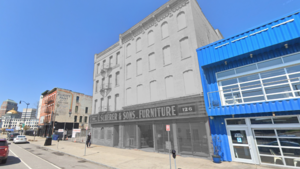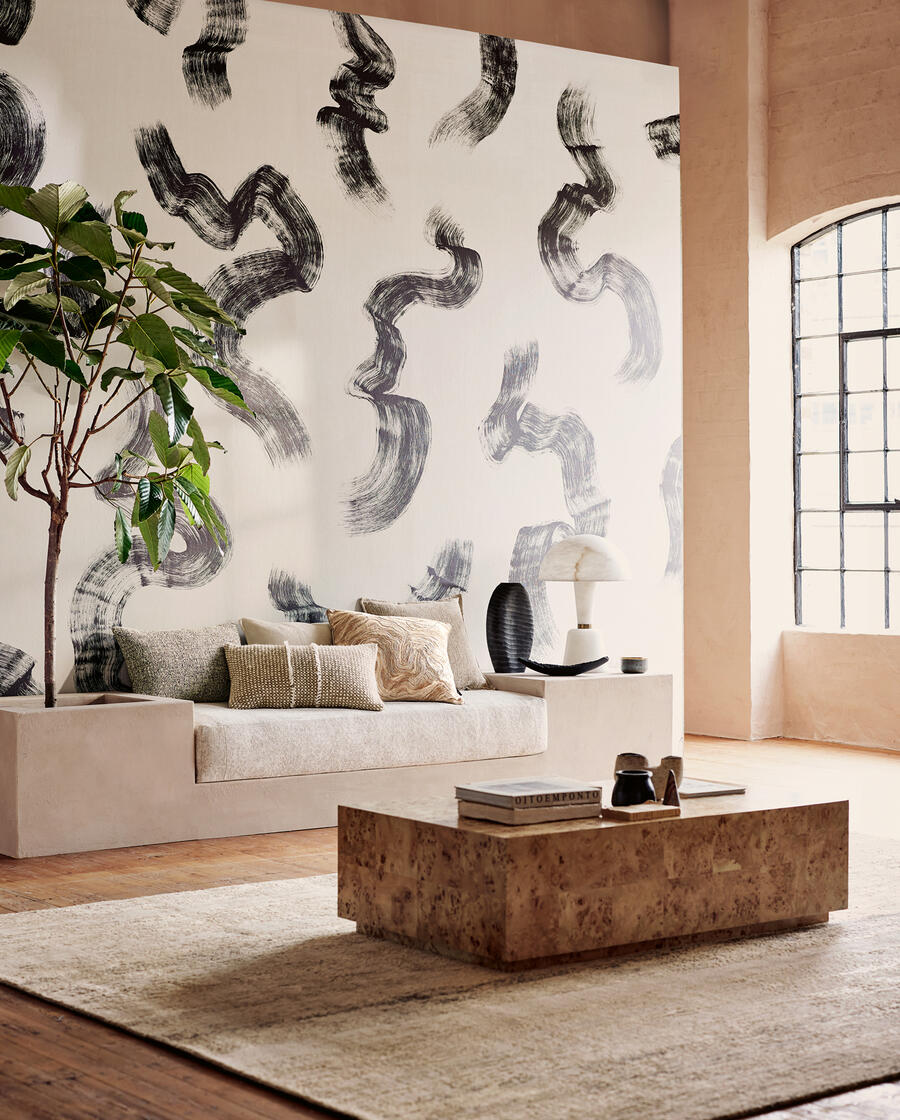By Katy B. Olson
$50,000 per year: That’s what designer Jon Call estimates he saves by using apps to manage his practice. (How does that number break down? $35,000 for a salaried employee, plus overhead line items like rent, computer, benefits, and more. Note that the figure doesn’t reflect subtracting the cost of the apps.)
Everyday tasks “like creating presentations, organizing files, answering phones and balancing their books,” explains Call, of Mr. Call Designs, are zapping offices’ productivity and draining resources. Designers “are inflating their overhead and reducing profits,” by avoiding apps and software tools that could “ensure more productivity, a stronger product, and [a] fattening of your office’s bottom line.”
Four basic services can help business-owners, recommends Call: Ruby Receptionists (“a satellite receptionist; no need to have this person in office,” he says); InDinero (“my back-of-house business management system”); DropTask “to keep projects moving forward, one task at a time,” and Google Drive, “to keep access to everything on your phone.” Call uses dozens of additional apps, but says that, “without these four, I would be dead in the water.”
The designer chatted with EAL about how he became a master of app integration—and how designers can do the same, transforming their businesses in the process.
Call’s go-to apps
Google Drive: Call uses all aspects of the suite, including photos, calendar, email, messenger, slides, and more.
Slate: an “amazing” presentation software and free iPad app from Adobe.
Pages: a word processor Call uses “for simple design schematics.”
DropTask: a visual to-do list that “keeps my office workflows organized between multiple teams,” Call points out.
Indinero: used for accounting, taxes, and organizing benefits and payroll
Focus: a productivity timer Call uses to “structure my work patterns so that I’m efficient. It’s a bit sadomasochistic, but it makes sure I am on-task.”
Paper: a recently released app used to organize notes, schematics and photos.
Apple Watch: Call uses the Watch to coordinate his app reminders.
Ruby Receptionists: provides virtual receptionist service based in Portland, Oregon.
When did you start using apps? How long did it take you to fully integrate them into your practice?
Since the beginning, in 2010, I've been aware that utilizing software that people can easily grasp, that streamlines business flow and strengthens productivity, was necessary to make my company competitive. It started out slowly. In the last two years we have fully developed an arsenal of apps that we use on a daily basis.
Did you transition over time—for example, from relying on a full-time in-office receptionist, to a part-time, to, eventually, online?
Absolutely. I was lucky in that I took about one year to initially develop my business before I had a client, or staff. During that time, I tried out software programs with the goal of finding ones that were intuitive to use, yet garnered strong results. Google Drive was the first one for me.
Slowly after I mastered that one, I moved on to financial software. At first, I used QuickBooks, but I quickly realized my needs were broader than what it could provide. Through a tip from a friend I started using InDinero (a comprehensive a bookkeeping, tax and payroll service designed for first-time entrepreneurs) and have never turned back. InDinero made it possible for me to hire employees, offer benefits, create a payroll system and do my yearly taxes.
The long and the short of it is: start slow. Establish fundamental programs in your studio, and then try on others to see if they are a good fit.
Adobe Slate
What is the first step designers can take toward adopting a more app-friendly practice?
Identify one area of your business that could use a little fine-tuning. Say, for example, you want to have your invoices paid more quickly. Sign up for Square. It's a program you can create your invoices in and then send to clients. When they receive it, there is a button that they click; their credit card info is already saved and there is no other action needed by them. Funds immediately get transferred into your business account. This app alone has cut down the "resting period" of an invoice from 30 days to 24 hours. Try it out with a client or two to see if it works for your office. If it does, amazing.
Train your staff, alert your clients, and feel confident that your cash flow has improved. If it doesn't work for you, there’s no harm. You only invested a few minutes to try it out, and at the very least, you understand your business’s unique needs better, and will have the information now to find and app that does work for your company.
Any advice for designers who are wary of adopting an app-centric practice, those or who are not digitally savvy?
Don't beat yourself up if you don’t warm to digital business practices in your office. [Tech anxiety] is understandable, and not necessarily a bad thing. The truth is, if your current system is working, then stick with it.
On the other hand, if your existing business model is stuck in a rut—if you feel like there is room for improvement—give an app a shot to see if its the solution you need. Don't be afraid. There is no one watching you or judging you. It may just be the solution that you have been looking for that will bring back a sense of confidence to your business.





























